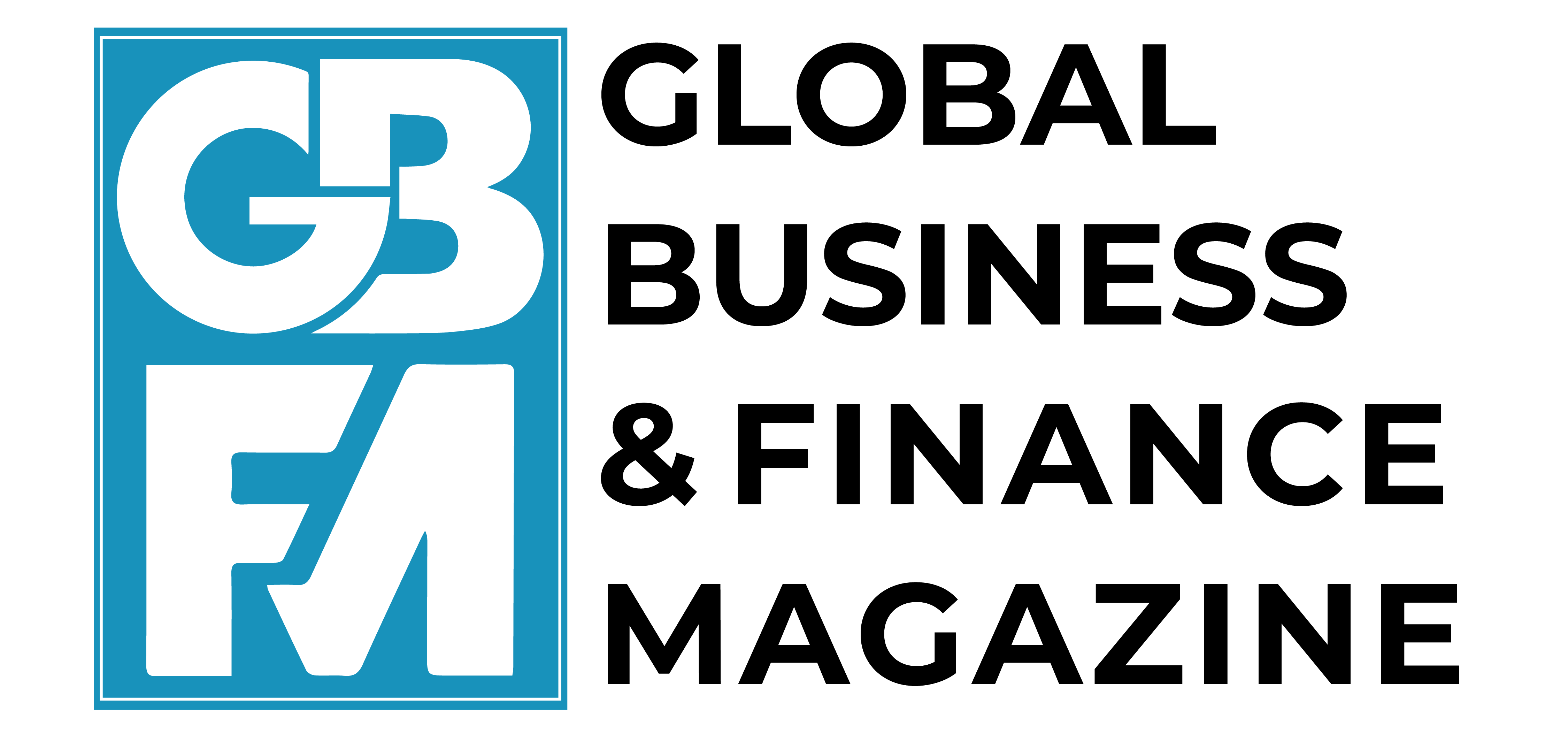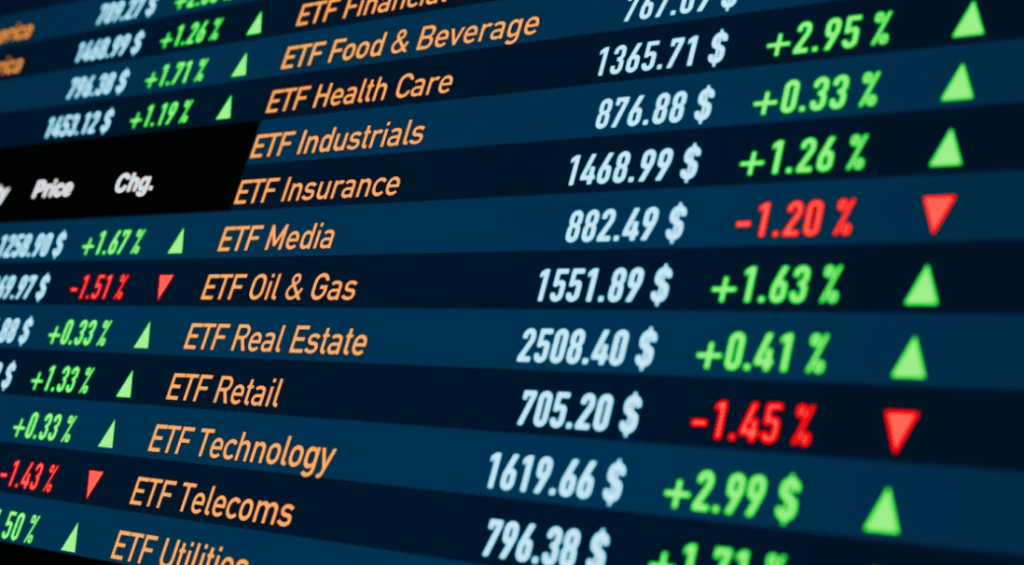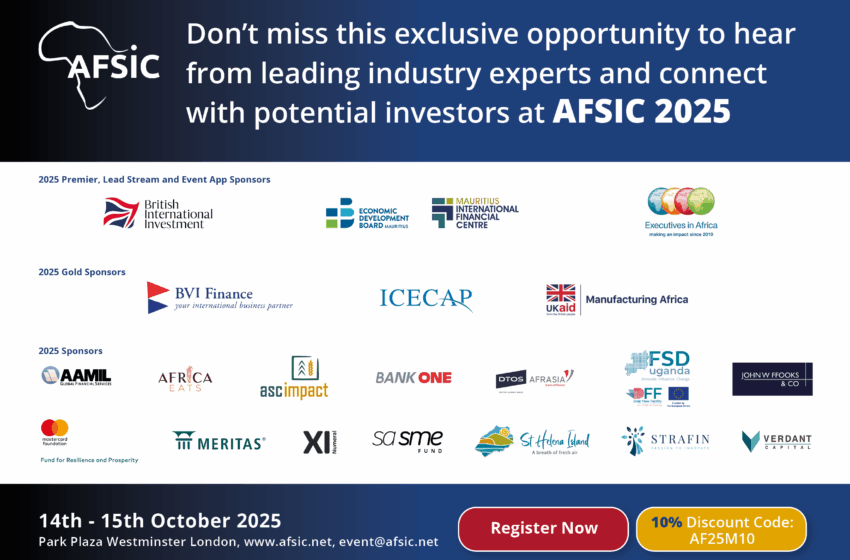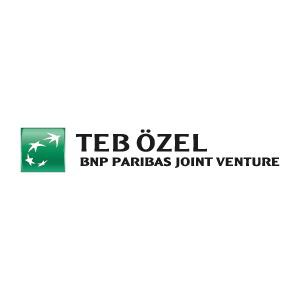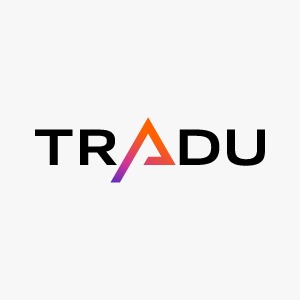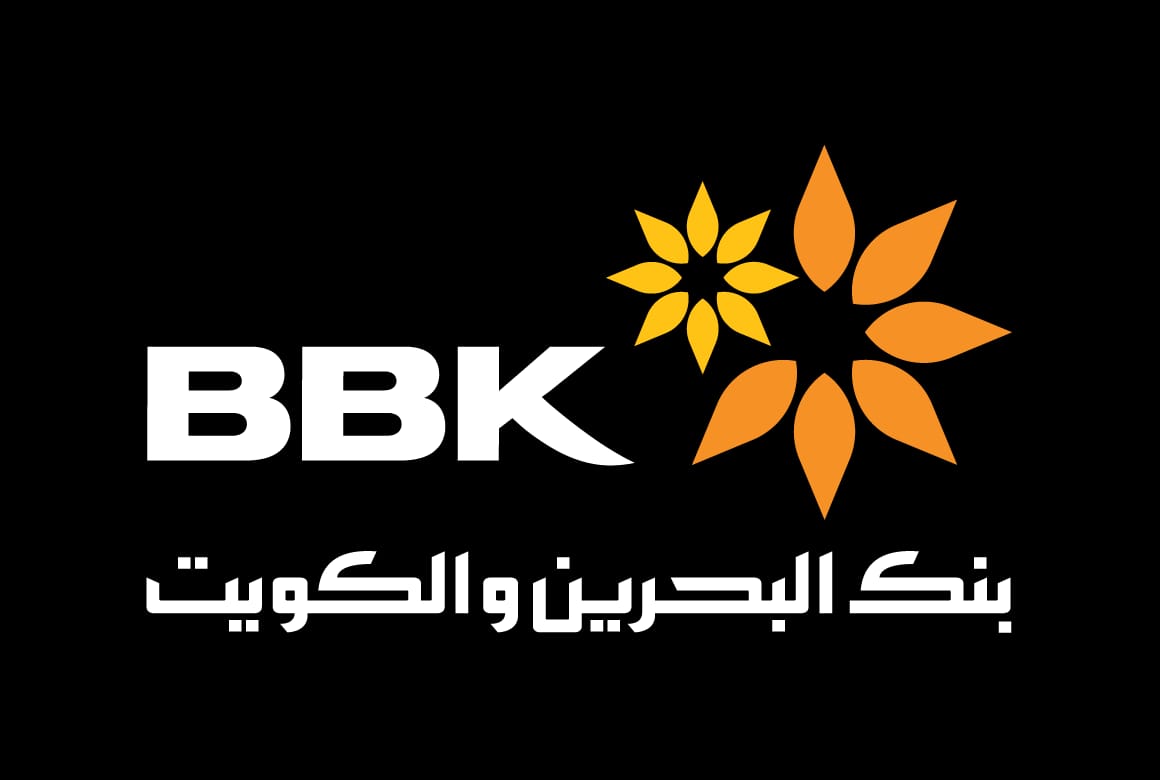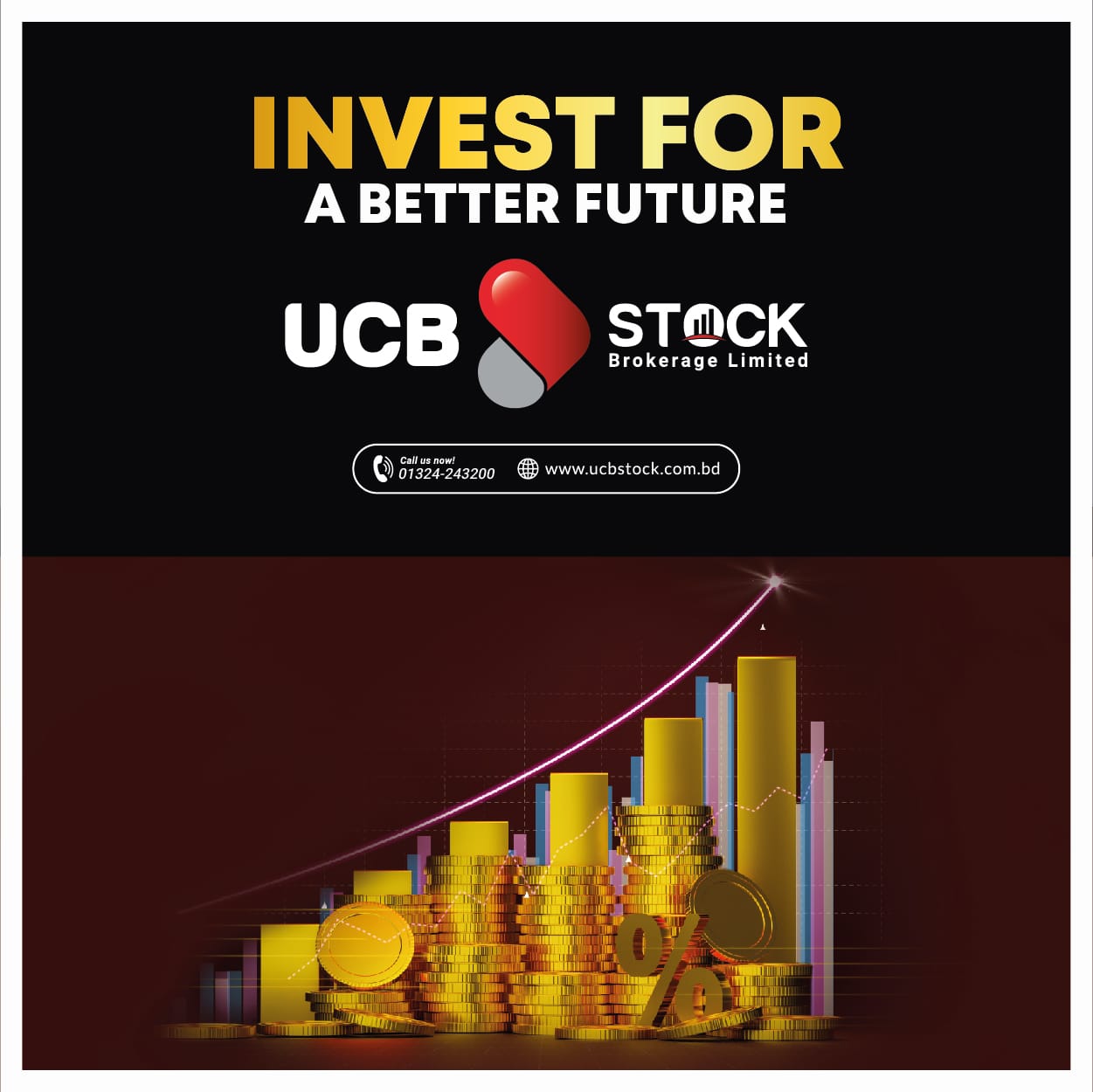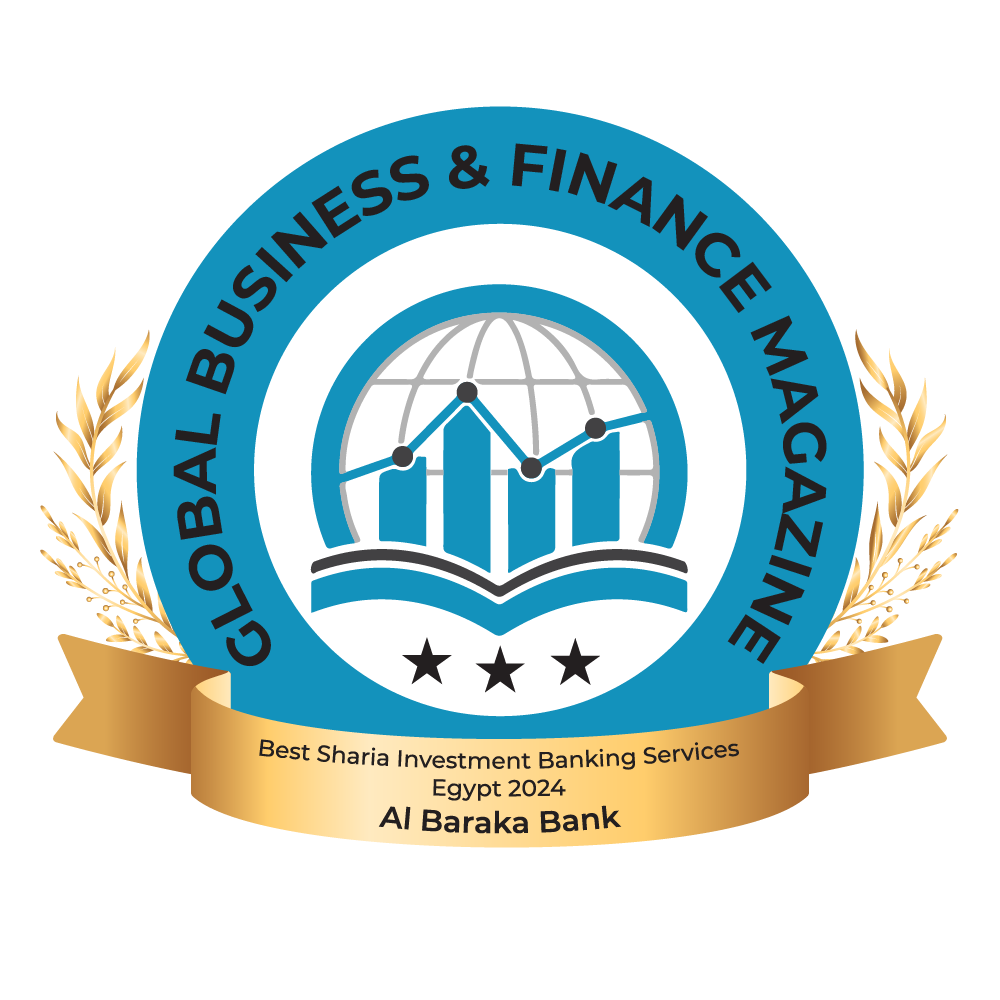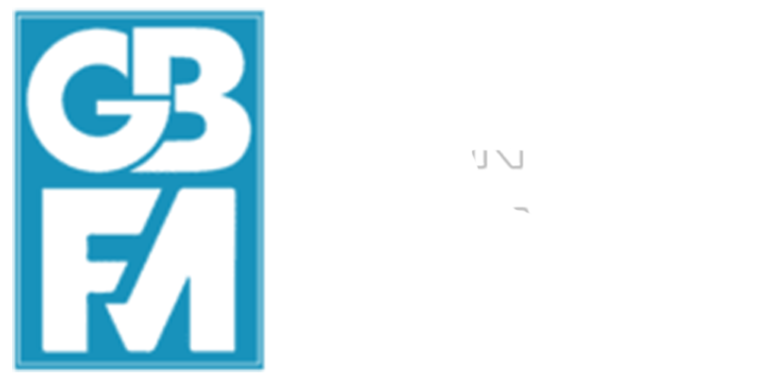Exchange-traded funds and open-ended mutual funds have grown rapidly, and they are increasingly expanding into illiquid asset classes such as corporate bonds. This column argues that this trend could lead to increased volatility in corporate bond markets, especially during periods of market stress. Furthermore, risks vary significantly depending on the type of investor (retail or institutional) and the way funds are utilised. Policymakers need to understand how the structural features of investment vehicles affect their investor clienteles, as changes to these structural features could lead to a reallocation of investors, merely transferring vulnerabilities rather than resolving them.
The financial stability implications of fund investing are determined not only by the structural features of investment vehicles, but also by the composition of their investor base and by the trading strategies they enable. In particular, institutional investors may be using intraday-tradable exchange-traded funds (ETFs) to manage liquidity, for hedging purposes, or to quickly adjust their market exposures. In this column, we argue that, while enhancing flexibility for institutional investors, this development may also contribute to increased volatility in underlying corporate bond markets, especially during periods of market stress.
The growth of fund investment
Exchange-traded funds (ETFs) and open-ended mutual funds (OEMFs) have become central actors in global financial markets, though their roles and market penetration differ across regions and asset classes. For funds investing in US assets, OEMFs remain dominant in terms of their assets under management. However, ETFs have experienced rapid growth, particularly in equity but also in fixed income segments, reflecting a broader shift from active to low-fee, index-based investments (Figure 1). Compared to US funds, ETFs focused on European assets play a more limited role. Despite this, in the European corporate bond segment, the share of bonds held by investment funds is actually larger than in the US; in part, a reflection of the smaller market size of the historically more bank-based European financial system.
In recent analysis (Cai et al. 2025), we zoom in on the corporate bond market which plays a vital role in credit provision to the real economy. However, its relatively low level of liquidity makes it susceptible to market instability, especially in periods of stress. While the analysis is limited to US corporate bond markets, our conclusions are equally relevant in the European context, as stable credit markets would support the European Commission’s strategy for the Savings and Investment Union. In the US sample, ETFs and OEMFs account for 12% of corporate bond holdings (Cai et al. 2025), whilst in Europe, investment funds account for 29% in this market segment.
Figure 1 Assets under management of exchange-traded funds and open-ended mutual funds with dedicated US and euro area bond and equity market investment objectives (trillion US dollars)


Source: EPFR, IMF staff calculations.
Note: Data do not include holdings of funds with broader investment mandates (e.g. mixed funds). ‘European’ includes UK assets and is referred to as ‘Western Europe’ by EPFR.
Different fund features attract different investor types
ETFs and OEMFs are characterised by different trading mechanisms, with implications for their interactions with underlying asset markets (Helmke 2023). OEMFs typically allow for daily redemptions at the fund net asset value (NAV), a structure that can expose funds to liquidity mismatches and exacerbate market stress (IMF 2022). In contrast, ETF shares are traded on exchange throughout the day at prevailing market prices. Trading ETF shares therefore does not necessitate the buying or selling of underlying assets, partially shielding underlying markets.
While both ETFs and OEMFs are widely held by retail and institutional investors (Figure 2), the motivation for holding these instruments may differ. In particular, the intraday tradability of ETF shares offers flexibility for institutional investors that can facilitate a range of trading strategies, including for hedging or speculation, adjusting portfolio exposures, and liquidity management (Sherrill et al. 2020, Dekker et al. 2024).
OEMFs are used by investors for different purposes. While they do not provide intraday liquidity, they offer access to a broader range of actively managed strategies, attracting both retail and institutional investors with longer investment horizons and lower turnover.
Figure 2 Institutional holdings of fund shares
(average of institutional holdings percentage)


Sources: Lipper; Refinitiv; FactSet; Bloomberg Finance L.P.; and IMF staff calculations.
Consequently, different investor types behave differently. For example, retail investors tend to react more slowly to new information, and therefore may be more inert (Della Corte and Santioni 2022, 2023). As a result, US open-ended bond funds predominantly held by institutional investors exhibit more volatile flows compared to those held by retail investors (Figure 3). Similarly, ETFs with a higher share of institutional ownership tend to trade more during stress periods (Figure 4).
Figure 3 Volatility of weekly flows for retail and institutional mutual funds
(percent of aggregated assets under management by fund type)


Figure 4 Institutional ownership and ETF trading
(average daily ETF share trading volume as a percentage of assets under management)


Sources: Bloomberg Finance L.P.; Lipper; and IMF staff calculations.
Note: Implied volatility is based on the VIX.
Implications for market stability
ETFs holding a larger share of a bond are generally associated with lower return volatility, consistent with the ETF structure’s discouraging run-like behaviour and shielding markets from direct asset sales (Helmke 2023). However, this aggregate relationship masks important differences across investor types: ETF holdings by institutional investors are linked to higher bond return volatility, whereas retail-dominated ETF holdings are associated with lower volatility. This divergence becomes more pronounced during periods of market stress, proxied by the level of the CBOE VIX index (Figure 5), consistent with institutional investors using ETFs to manage risk and liquidity shocks, and ultimately transmitting these shocks to underlying markets.
Similar patterns are not observed for OEMF holdings. This does not imply that risks of forced sales or runs on funds are negligible. They may be more pronounced for a subset of funds with more illiquid assets. Or they might only be observable during times of very high stress; indeed, much of the existing literature on OEMFs’ market impact focuses on acute episodes, such as the March 2020 turmoil.
Figure 5 Bond volatility and institutional/retail ETF/OEMF holdings at different stress levels
(basis points of annualised return volatility per percentage point of fund holdings in a security’s outstanding amount)


Sources: Bloomberg Finance L.P.; Refinitiv; Lipper; and IMF staff calculations.
Conclusions and discussion
The analysis underscores the importance of investor clienteles for the impact of investment funds on market stability. We show that institutional users of ETFs may contribute to corporate bond volatility while retail usage appears to mitigate this effect.
These findings have important implications for policymakers. Risks vary significantly depending on the type of investors and the way funds are utilised. As such, it is crucial for policymakers to understand how the structural features of investment vehicles affect their investor clienteles, as changes to these structural features could lead to a reallocation of investors, merely transferring vulnerabilities rather than resolving them.
Of course, volatility isn’t necessarily a sign of instability — it can also reflect healthy price discovery as markets incorporate new information. To better understand the roles of both ETFs and OEMFs — and the potential influence of their investor bases — additional measures of market stability should be considered.
Source : VOXeu

